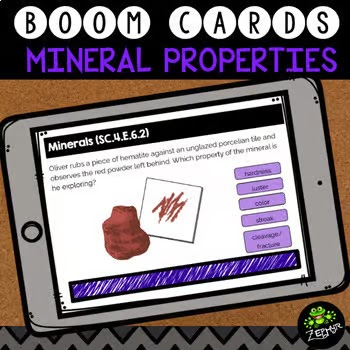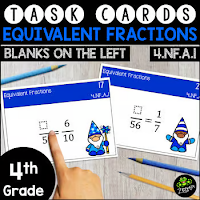The Soccer Ball vs. The Bowling Ball
Start by showing students a soccer ball and a bowling ball. While they may appear to be the same size, the mass of the bowling ball is far greater. This hands-on activity helps students visualize that two objects with the same volume (or size) can have very different masses because of the materials they are made from. The soccer ball is light and filled with air, while the bowling ball is dense and solid.
To make the activity even more interactive, consider obtaining a bowling ball from a local bowling alley. Many bowling alleys are happy to give away old, damaged bowling balls for free. This can make the experiment both cost-effective and engaging for your students. Having students physically compare the two objects will spark curiosity and provide a deeper understanding of how different materials impact an object's mass, regardless of its size.
After observing the soccer and bowling balls, students should take time to write & draw their observations in order to help make the content "stick." These drawings could be done in their science journals or on larger sheets of construction paper as something to hang in your hallway.
Challenge students to find other objects that have the same volume, but different masses. (Or similar mass, but different volumes.) Those that meet this challenge could add this information to their drawings above.
Key Takeaways for Students:
- Volume refers to how much space an object takes up. Two objects can have the same volume but different masses.
- Mass refers to how much matter is in an object. The mass of an object is determined by the material it is made from, not just its size.
- Objects like the soccer ball and bowling ball can have similar volumes, but because the materials differ, their masses are not the same.
By the end of this activity, students should be able to explain why objects with the same volume can have different masses and better understand the relationship between mass and volume. This hands-on lesson will provide them with the tools to explore these concepts in more depth and apply their learning in real-world scenarios.
Remember, sometimes the best way to teach science is through real-world examples that students can touch and feel. It makes the concepts tangible and exciting for them!
Need a Review?
To further reinforce the concepts of mass and volume, consider using Matter Boom Cards as a fun and interactive review activity! These digital task cards provide instant feedback and are perfect for reinforcing the properties of matter, including mass & volume. Students will love the engaging format, and the instant feedback ensures they understand key concepts while keeping track of their progress. With the ability to assign them digitally, Matter Boom Cards make a seamless addition to any classroom—whether you're reviewing in person or virtually. Perfect for reinforcing what students have learned, these cards help ensure mastery in a hands-on, tech-friendly way.


















